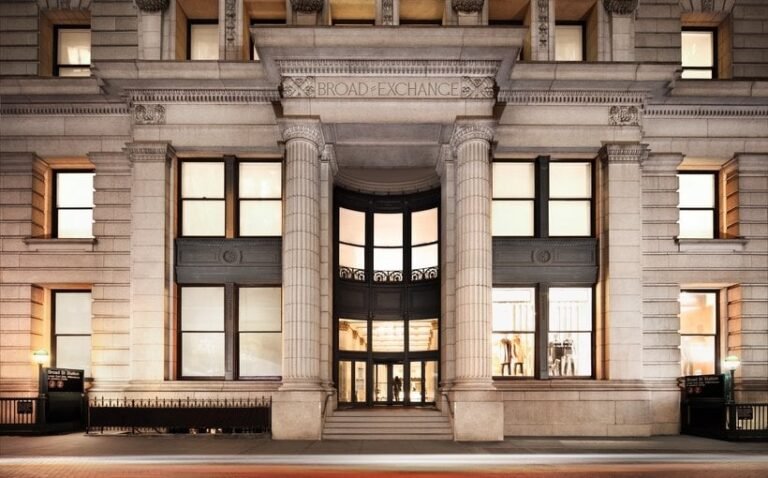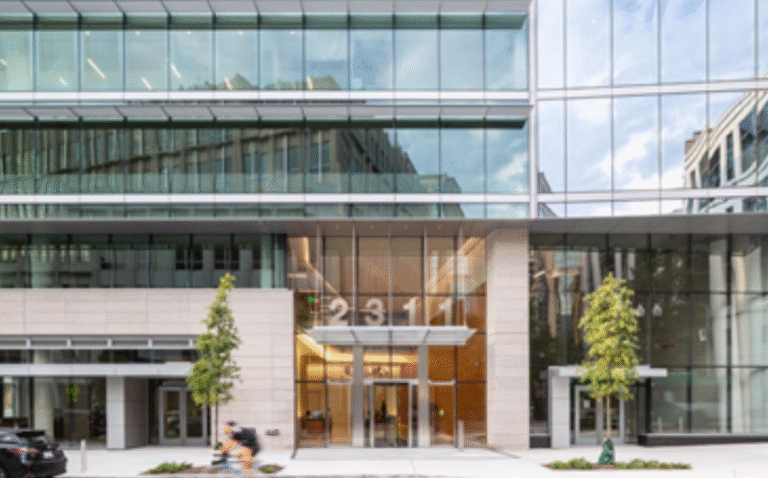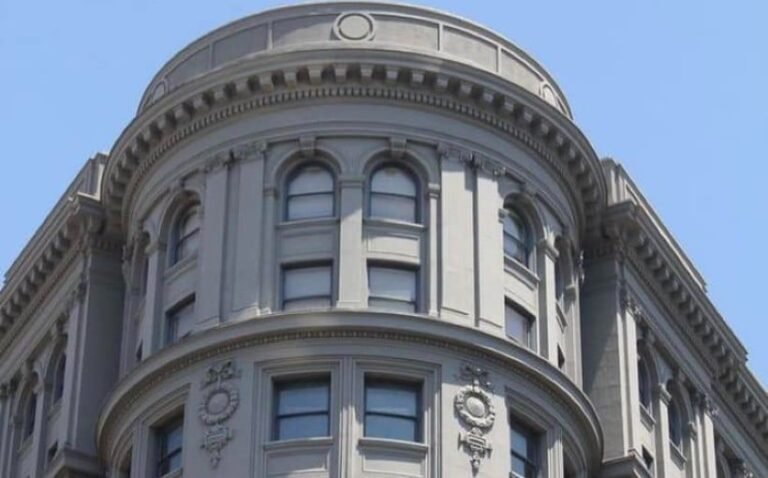


There’s little doubt that a lot of effort goes into managing multifamily properties. There’s keeping the units fresh, ensuring amenities are safe, managing maintenance issues and tracking tenants’ rents.
Then there’s exterior landscaping.
“Multifamily landscaping includes all outdoor softscapes and hardscapes designed to serve multiple residents. These include, but aren’t limited to, front areas, entryways, courtyards, shared lawns, pet areas and garden walls,” explained Optimal Home Remodeling & Design Founder and COO Dotan Trabulsi.
Cultivating an apartment’s exterior grounds means more than planting a few trees and throwing down sod. Trabulsi and other experts told ApartmentBuildings.com that landscaping is essential for driving tenant satisfaction while supporting property health.

“In a multifamily environment, this would include drainage, soil stabilization, shade, sound attenuation and circulation,” noted Karen Watts, a residential rental real estate owner-operator. She commented that the process could be thought of as an exterior operating system, consisting of input and flow to support the property’s well-being. “Every plant, path or paver needs to serve aesthetic and operational purposes,” Watts added.
Is It Necessary?
In a word, yes. Proper landscaping serves many functions, with curb appeal one of them. “A trashy, unkept site will be noticed right away and will establish a negative perception in the community,” said Diana Pittro, executive vice president of RMK Management Corp. That negative impression could generate complaints to officials, causing more problems. Rental prospects aren’t fooled, either, even if the website photos make things look pretty.

“Curb appeal is the first impression you get to make,” Pittro said. “So try to make it positive.”
Another benefit of effective landscaping is less energy usage. Said Watts: “Good landscape placement can help mitigate heat gain/loss and overall HVAC expenses. Like all good maintenance, the ROI accrues over the years.”
And while lovely landscaping promotes pride, quality and safety, Trabulsi said it can also keep tenants in place. “A well-maintained exterior not only attracts new renters but also helps retain existing tenants, reducing turnover costs,” he said.
Keeping Up with the Grass, Shrubs and Pavers
Maintaining those lawns, trees, bushes, and walkways is just as important as installing them in the first place. Pittro said that the RMK properties undergo an in-depth, extensive spring cleaning, a necessity after rough Midwestern winters. Sidewalks, parking areas, and entrances, among other things, are spruced up. “We also replant flower beds and other plantings, as well as refresh any potted planters,” she said.

Meanwhile, Trabulsi suggested that effective apartment landscaping might include vertical green walls and gardens, sectioning large areas into smaller zones and including sensory elements to help improve resident engagement.
However, landscape maintenance goes beyond aesthetics to property protection. “Erosion, over-watering and grading problems can result in physical damage to foundations, paving and retaining walls,” Watts commented. “These are expensive repairs.”
Pittro agreed, pointing out that if downed branches, damaged grass, wilting shrubs or cracked pavers aren’t dealt with immediately, “this can lead to more extensive damage and increased costs for owners.”
This article previously appeared on ApartmentBuildings.com.
The post Planting, Pruning, Paving and Protecting: The Importance of Multifamily Landscaping appeared first on Connect CRE.


